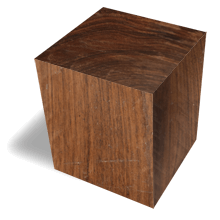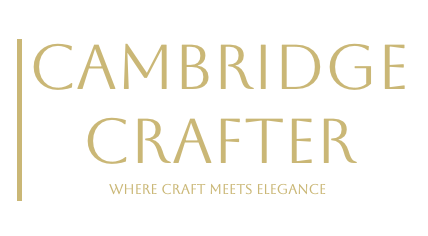
Tambooti
Tambooti, also known as Tamboti or African Sandalwood (Spirostachys africana), is a medium-sized, semi-deciduous tree native to Southern Africa, including regions like South Africa, Mozambique, and Swaziland. It grows to about 10–18 metres tall with a straight trunk, often found in low-altitude bushveld, along watercourses, or on brackish flats in deciduous woodlands. The tree has a dark grey to black bark that splits into neat rectangular blocks, and its small, elliptic leaves turn bright red in winter before dropping.
The heartwood of Tambooti is a rich brown to dark brown, often with darker streaks or markings that create a banded figure, contrasting sharply with the whitish to pale yellow sapwood. The grain is usually straight to slightly wavy, with a fine, even texture and a satin-like lustre, enhanced by natural oils that give it an oily surface. At around 955–1,010 kg/m³, Tambooti is a hard, heavy, and durable wood, with a Janka hardness of 2,200 lbf, making it comparable to ebony. It’s highly resistant to rot and insects, but its natural oils and latex can gum up saw blades, making resawing tricky. The wood turns, glues, and finishes well, though sanding can be difficult due to its oiliness, and it takes a high natural polish.
Tambooti is toxic—its sap, sawdust, and smoke can cause severe skin and eye irritation, potentially leading to blindness in extreme cases, and burning it can contaminate food, causing diarrhoea. It emits a strong, sweet, sandalwood-like scent when worked, which can linger for years, often described as perfume-like. In the UK, it’s used for luxury furniture, carvings, turnery, and small items like pen blanks or curios, where its density and aesthetics shine. It’s also valued for keeping insects away—small pieces are used in wardrobes to repel moths.
Tambooti is rare and expensive due to its small tree size, limited quantities, and overexploitation, though it’s not listed on CITES Appendices and is considered data-deficient by the IUCN. In the UK, it’s typically imported as small blanks or boards, often with defects like cracks or bark inclusions, making it a premium choice for high-end, decorative projects where its beauty and fragrance can be appreciated.
